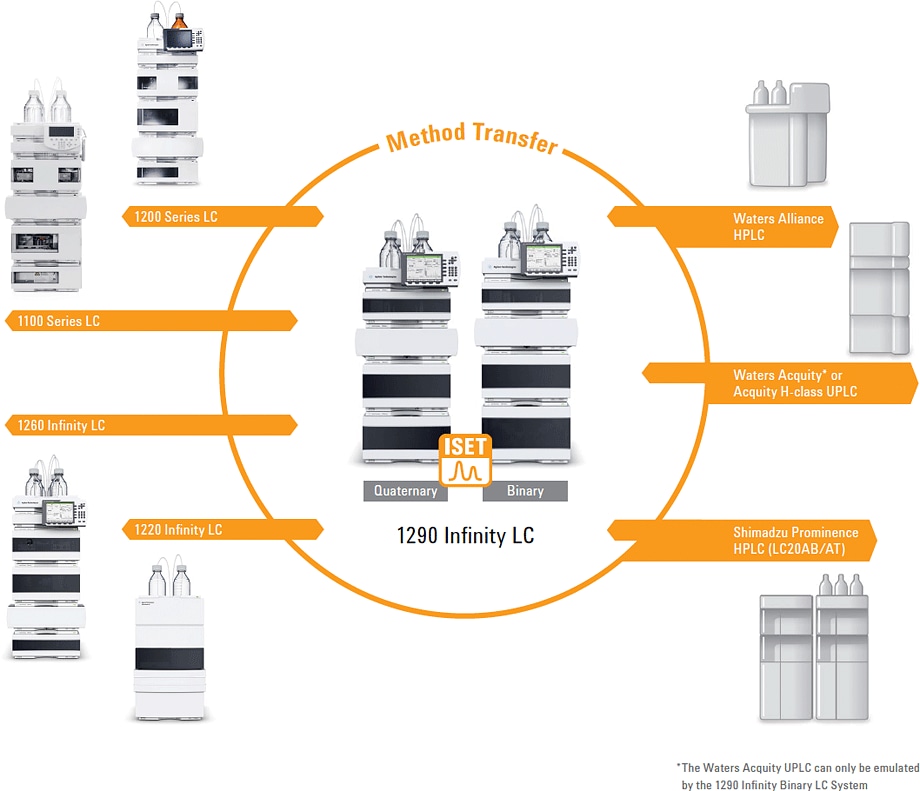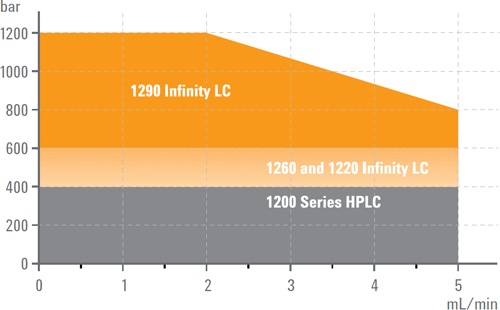Access Agilent eNewsletter, February 2014
>> Update My Profile | Subscribe to Access Agilent | Article Directory
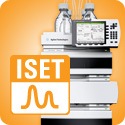
Easy method transfer from Waters Acquity UPLC and Shimadzu Prominence HPLC to the Agilent 1290 Infinity LC
By Christian Gotenfels
Agilent Senior Product Manager for Liquid Chromatography
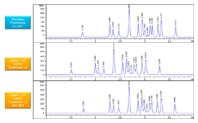 Enlarge
Enlarge
Figure 1. Method transfer from Shimadzu Prominence LC-20AT (top) to Agilent 1290 Infinity Quaternary LC with ISET (bottom) shows virtually identical chromatography.
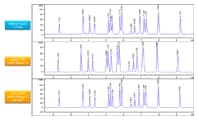 Enlarge
Enlarge
Figure 2. Successful method transfer from Waters Acquity UPLC H-Class system (low-pressure mixing) to Agilent 1290 Infinity Binary LC (high-pressure mixing) with ISET.
The ability to transfer methods from instrument to instrument is an important capability for all laboratories where analysts move HPLC and UHPLC methods between different departments and locations. Especially in highly regulated environments like quality control in the pharmaceutical industry, the transfer of LC methods can be a challenge because you must avoid any modification of the original method. Fortunately, Agilent ISET – Intelligent System Emulation Technology – helps you eliminate these method transfer problems and take advantage of the latest LC technology.
Which parameters affect method transfer?
Design differences between LC instrumentation – in areas such as power range, delay volume, mixing behavior, temperature control, extra column volume, and detector cell design – all affect the ability to transfer a method from one system to another. The transfer of methods from an older HPLC platform like the Shimadzu Prominence HPLC to the newest UHPLC technology often results in different retention times and chromatographic resolution (Figure 1). The transfer of methods between systems with different pump mixing principles also could be a challenge, as we will illustrate in Figure 2.
Impact of delay volume and gradient mixing
The delay volume of an LC system determines how fast the gradient reaches the column. And the mixing behavior influences the gradient profile. For example, the Waters Acquity UPLC H-Class system is specified with a delay volume of less than 400 µL, and the eluents are mixed together on the low-pressure side of the pump. In contrast, the delay volume of the Agilent 1290 Infinity Binary LC system, which uses high-pressure mixing, is less than 140 µL. The consequences for method transfer are differences in retention times and in resolution (Figure 2, top and middle chromatograms). The top and bottom chromatograms in Figure 2 demonstrate robust method transfer despite these differences.
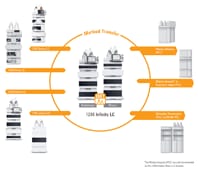 Enlarge
Enlarge
Figure 3. The Agilent 1290 Infinity LC with ISET simplifies method transfer because it enables you to emulate another HPLC or UHPLC system with a single mouse click.
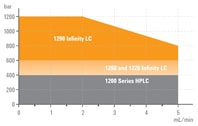 Enlarge
Enlarge
Figure 4. The wide power range of the Agilent 1290 Infinity LC ensures that you can execute both HPLC and UHPLC methods from narrow bore to standard bore columns.
The solution for instrument-to-instrument method transfer: Agilent 1290 Infinity LC with ISET
Agilent ISET – Intelligent System Emulation Technology – makes the Agilent 1290 Infinity Binary LC and 1290 Infinity Quaternary LC the most adaptive UHPLC systems available. ISET allows you to execute any legacy HPLC method or the latest UHPLC method and deliver the same chromatographic results, without the need to change the original method or modify the instrument hardware.
The ISET technology is based on two Agilent innovations: best-in-class performance and a revolutionary emulation algorithm.
Best-in-class performance
The Agilent 1290 Infinity LC with its broad power range, unmatched flow and composition accuracy, ultra-low delay volume, and superior sensitivity, delivers the key requirements for the implementation of ISET technology.
Revolutionary emulation algorithm
With specific knowledge about the behavior of the target LC and the high accuracy of the Agilent 1290 Infinity LC, ISET creates an emulation function that delivers the same gradient conditions as the selected instrument. You see no shift in retention times or change in resolution.
Improve productivity and save costs for both method development and QA/QC
With the Agilent 1290 Infinity LC and ISET, you can accelerate your method development with UHPLC performance and then fine-tune your method by emulating the target system. You can be confident that the method will run as intended. To eliminate method transfer problems in QA/QC, simply emulate the LC system on which the original method was developed – with a single mouse click. Then run your legacy methods with ISET and at the same time take full advantage of the UHPLC speed, resolution, and sensitivity of the Agilent 1290 Infinity LC.
If you need modern HPLC performance and you no longer want to maintain your old legacy LC systems, explore more about the Agilent Intelligent System Emulation Technology and watch the video.
>> Update My Profile | Subscribe to Access Agilent | Article Directory
Figure 1.
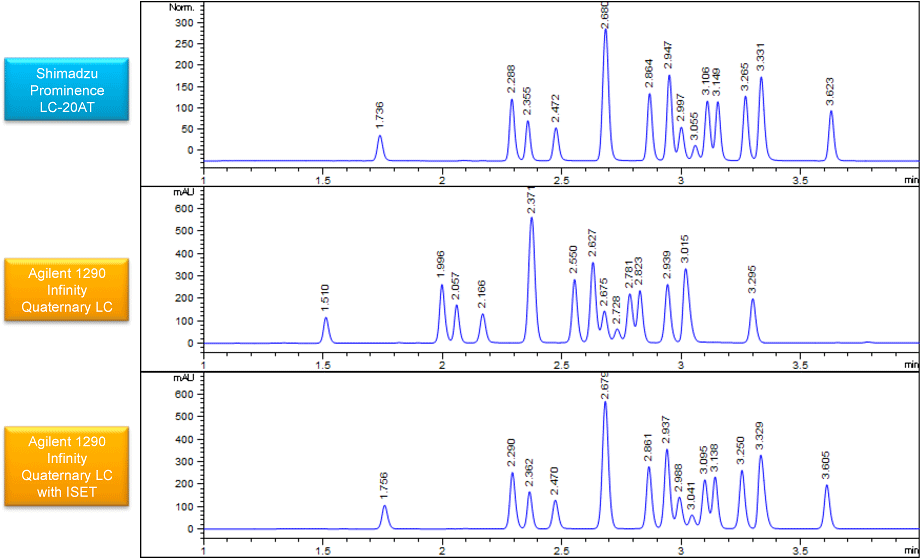
Pesticide analysis
2.1 × 50 mm Agilent ZORBAX Eclipse Plus Phenyl-Hexyl, 3.5 µm
0.8 mL/min, 5-95% acetonitrile-water, 5 min, 40 °C
Method transfer from Shimadzu Prominence LC-20AT (top) to Agilent 1290 Infinity Quaternary LC with ISET (bottom) shows virtually identical chromatography.
Figure 2.
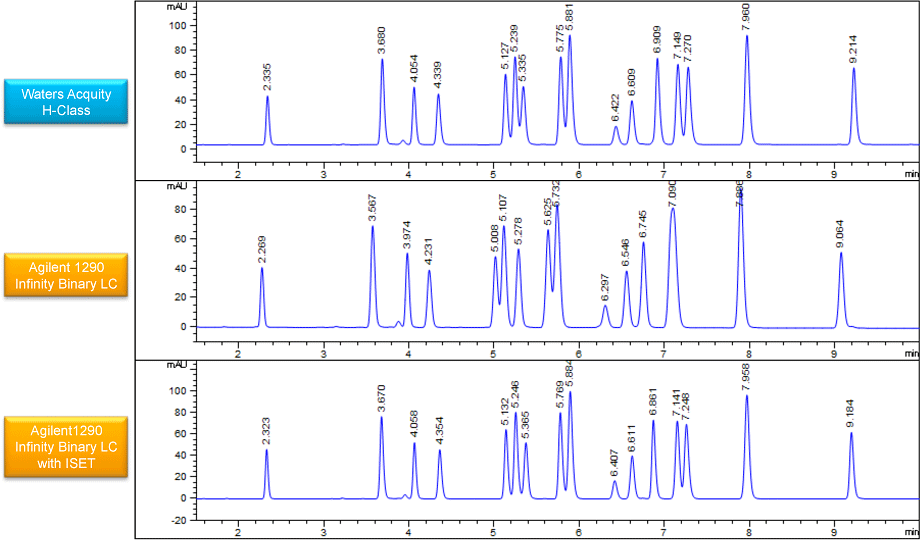
Pesticide analysis
3.0 × 50 mm Agilent ZORBAX Eclipse Plus C18, 1.8 µm
1.4 mL/min, 5-95% acetonitrile-water, 20 min, 40 °C
Successful method transfer from Waters Acquity UPLC H-Class system (low-pressure mixing) to Agilent 1290 Infinity Binary LC (high-pressure mixing) with ISET.
